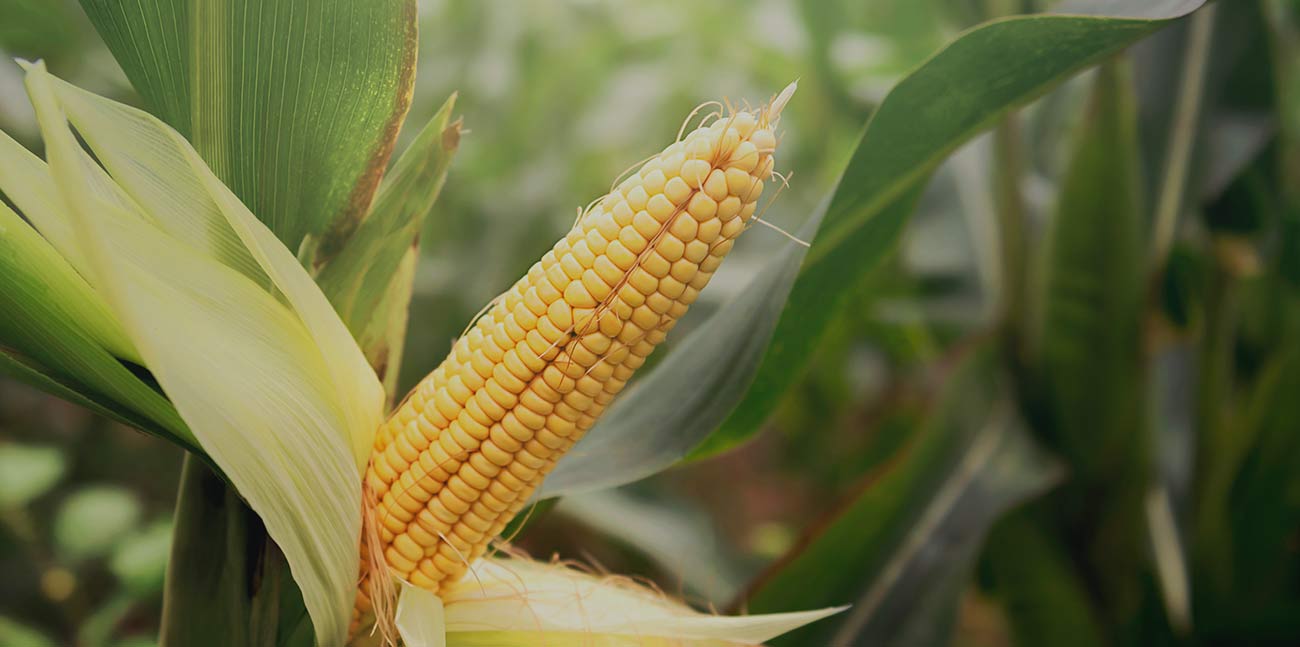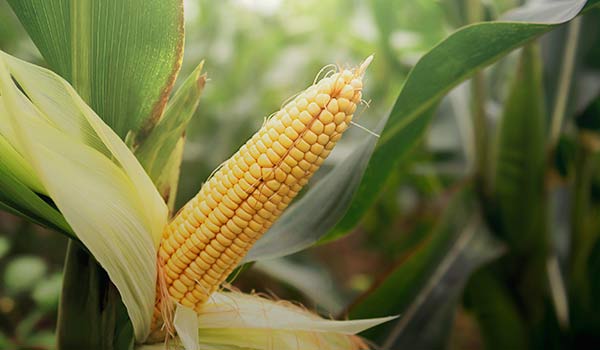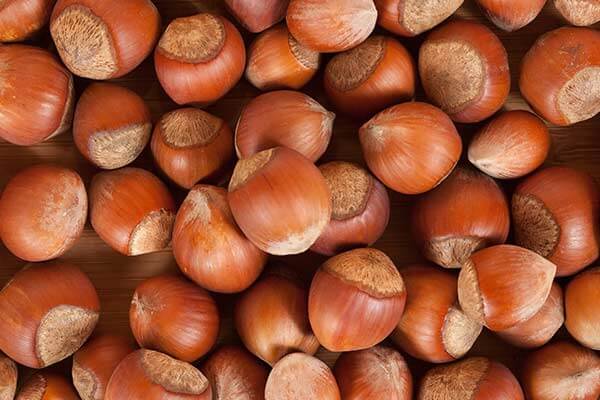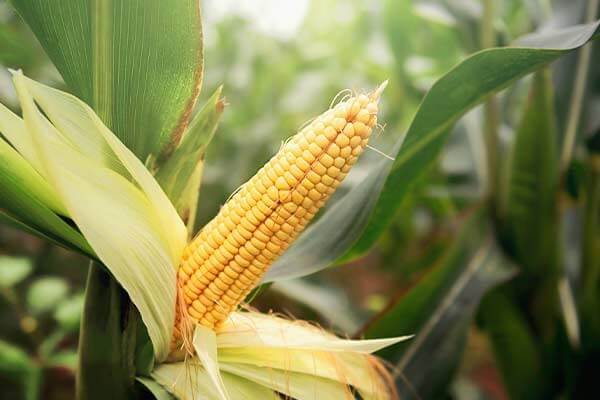Etymology
It came to İstanbul from Egypt through Syria in 1600 with the name of "Mısır buğdayı" (Egyptian wheat) or "Mısır darısı" (Egyptian millet). Over time, it was shortened to the name of "Mısır" (corn) (an example of ellipsis in linguistics).
In addition, corn was also called "Laz otu" (Laz grass) or simply "lazut/lazot" because corn was mostly cultivated in the Eastern Black Sea region in Anatolia and Laz sailors spread corn to the Black Sea region.
However, this term is not used today. Since corn spread to Europe from the Ottoman Empire, it was called as "Turkish wheat" in many European languages.
Origin
- The origin of the corn is a topic that has been debated by scientists for a long time. Swiss botanist Augustin Pyramus de Candolle was one of the first scientists to study this subject in detail. The idea that corn originated in America, put forward by Candeolle, has been widely acknowledged by scientists. Edward Enfield stated that the search for origin of the corn was finalized in his book "Indian Corn: Its Value, Culture, and Uses" published in 1866. Still, debates continued throughout the 20th century.
- Following the discovery of a previously unknown type of endosperm for a maize cultivar in China, Guy N. Collins suggested that maize may have been a known plant in Asia before the discoveries of Christopher Columbus. A similar study was conducted on corn from Assam by C. R. Anderson and Edgar Stonor in 1949.
- Some scholars believed that there were cultural similarities between Asia and the Americas, and that these similarities spread from a common center ("diffusion") before Christopher Columbus. Among them, G. Carter, Thor Heyerdahl, and Carl Sauer accepted Stonor and Anderson's thesis, but Elmer Drew Merrill suggested that there was insufficient evidence for the theories related to spreading phenomenon. According to Merrill, the plants may have reached Asia through the trade route that has been operating since the 15th century. Moreover, Ping-Ti Ho's important work on historical Chinese resources proved that corn was not found in China before the 16th century.










